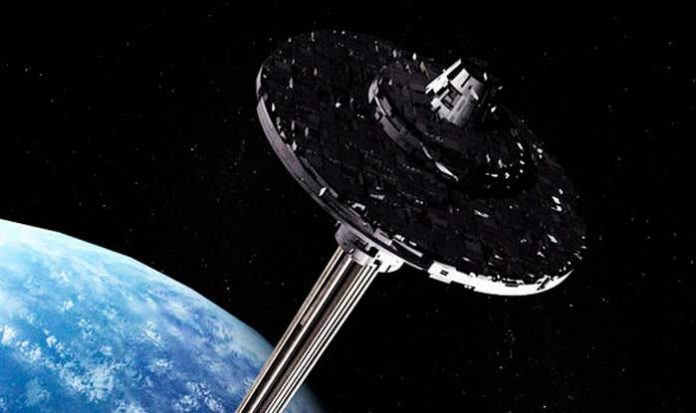The idea of creating a space lift has been exciting humanity for more than a hundred years. Indeed, the creation of such a system could significantly simplify space exploration, reduce the cost of delivering loads to the orbit by almost 200 times from $20,000 per kg to $100. However, ultralight and ultra-strong material will be required in sufficiently large quantities for the implementation of the idea.
Nevertheless, enthusiasts from around the world continue to create original designs for such vehicles. Another idea of the University of Cambridge students was appreciated by the head of the LiftPort Group Corporation, which has been working for more than 15 years on solving the problem of creating an elevator using nanomaterials. According to the head of the corporation, the realization of the students’ ideas is already possible at the current level of technology development.
The idea of Cambridge graduates is to place the base station at the equator, and the space station in the geostationary orbit of the Earth. The elevator will move along the ropes, and the stability of the structure will be ensured by the centrifugal force.
The cost of creating a space elevator is estimated at $90 billion (at current prices, it is equivalent to putting 4.5 million kg of load into orbit). The Oboyashi Corporation from Japan is currently participating in the race to create such a space vehicle, planning to complete the project by 2050. Chinese engineers promise to launch the elevator into space already in 2045. The main problem of all the projects is to create materials that can withstand loads, temperature extremes and possible collision with space objects, including space debris.







